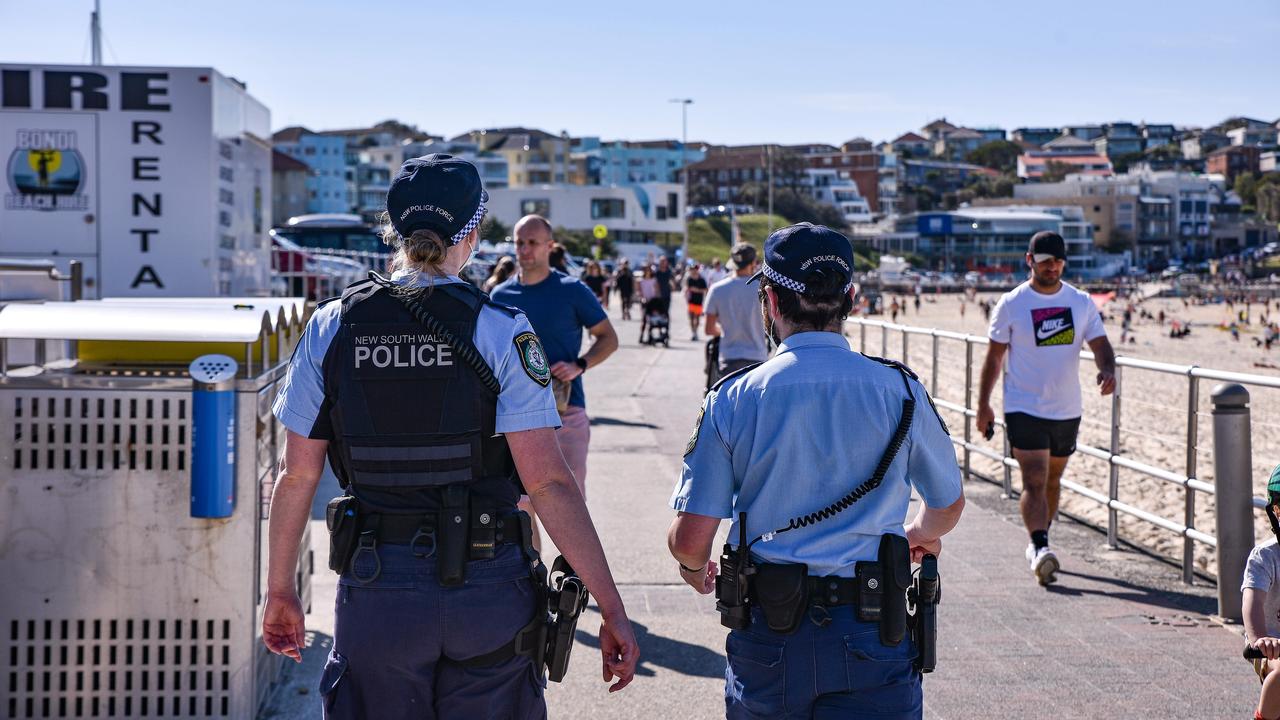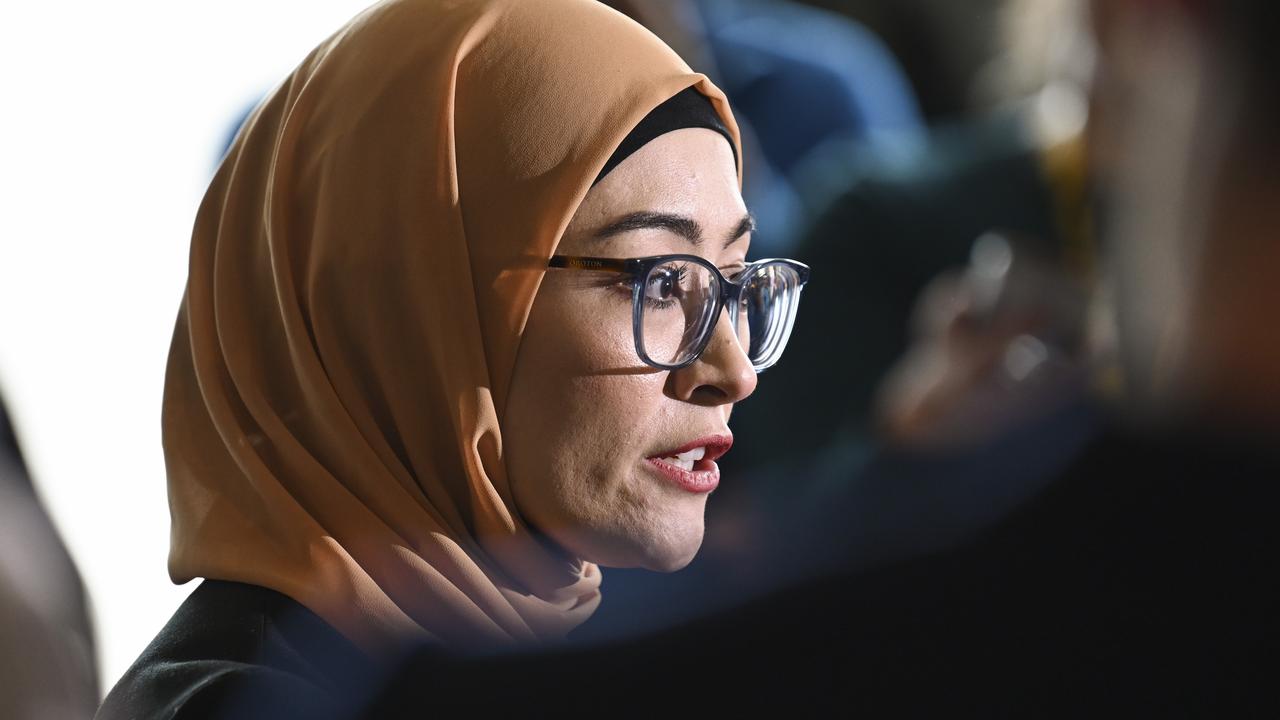Elders seek prince's help with finding decapitated head of warrior Pemulwuy
ABORIGINAL elders will ask Prince William to help them find and return the head of a great warrior.
ABORIGINAL elders will ask Prince William to help them find the decapitated head of the great Aboriginal warrior, Pemulwuy, and return it to Australia.
The head is believed to be stored in a jar, somewhere in England, having been severed from the warrior's body 14 years after the arrival of the First Fleet.
Elder Michael Mundine, of the Aboriginal Housing Company, one of five indigenous people chosen to meet the prince during his visit to Sydney next week, said he believed William "has his mother's heart" and would listen sympathetically to a request for the head to be returned.
"He is from a different generation and, because he is young, I think he will understand that Pemulwuy needs to come home to his lands," Mr Mundine said.
The chairman of the Metropolitan Local Aboriginal Land Council, Rob Welsh, who will also meet the prince, said he was planning to ask him to help return Pemulwuy "and the remains of all our ancestors".
Mr Welsh, whose organisation's motto is "Always was, always will be Aboriginal land" said he, too, believed the late princess Diana had raised William "to be respectful, and to understand what is important to our people".
Pemulwuy is believed to have been born in 1750, and was therefore about 38 years old when the First Fleet arrived.
He was of the Eora people, whose land -- now known as Botany Bay -- was most directly affected by the arrival of the British.
Pemulwuy fiercely resisted the British colonisation of Australia, using fire as a weapon, destroying crops and animals, and raiding settlements. He was accused of spearing governor Arthur Phillip's gamekeeper.
As his legend grew, so did his supporters: at one point, he had more than 100 followers, who knew him as the "rainbow warrior" for the colours he wore.
Pemulwuy was shot dead on the orders of governor Philip King in 1802.
According to the Australian Dictionary of Biography, King wrote to Joseph Banks in London on June 5 of that year, describing Pemulwuy as a "terrible pest to the colony" but also as a "brave and independent character".
He also wrote: "Understanding that the possession of a New Hollander's head is among the desiderata, I have put it in spirits and forwarded it by the Speedy", but the head has not been found in an English repository of Aboriginal remains.
Some believe Pemulwuy's skull was bottled and returned to Australia in 1950, and then lost.
In 1998, a Taree man came forward, claiming to have it, but local elders did not believe him, and the claim was never proven.
Many, including Mr Mundine and Mr Welsh, believe the warrior's head is still in England, alongside the remains of many other indigenous people.
Mr Mundine said a scheduled visit by the prince to the inner Sydney suburb of Redfern was " a blessing, and it's a sign of respect they are showing us".
"Royalty coming to Redfern, of all places. When you think what we've been through at the Block, with its reputation, and now this well-respected young man is coming to see us," said Mr Mundine.
"We are pleased to have him, we will make him welcome. We can't blame him for the past.
"What we can do is showcase our community."



